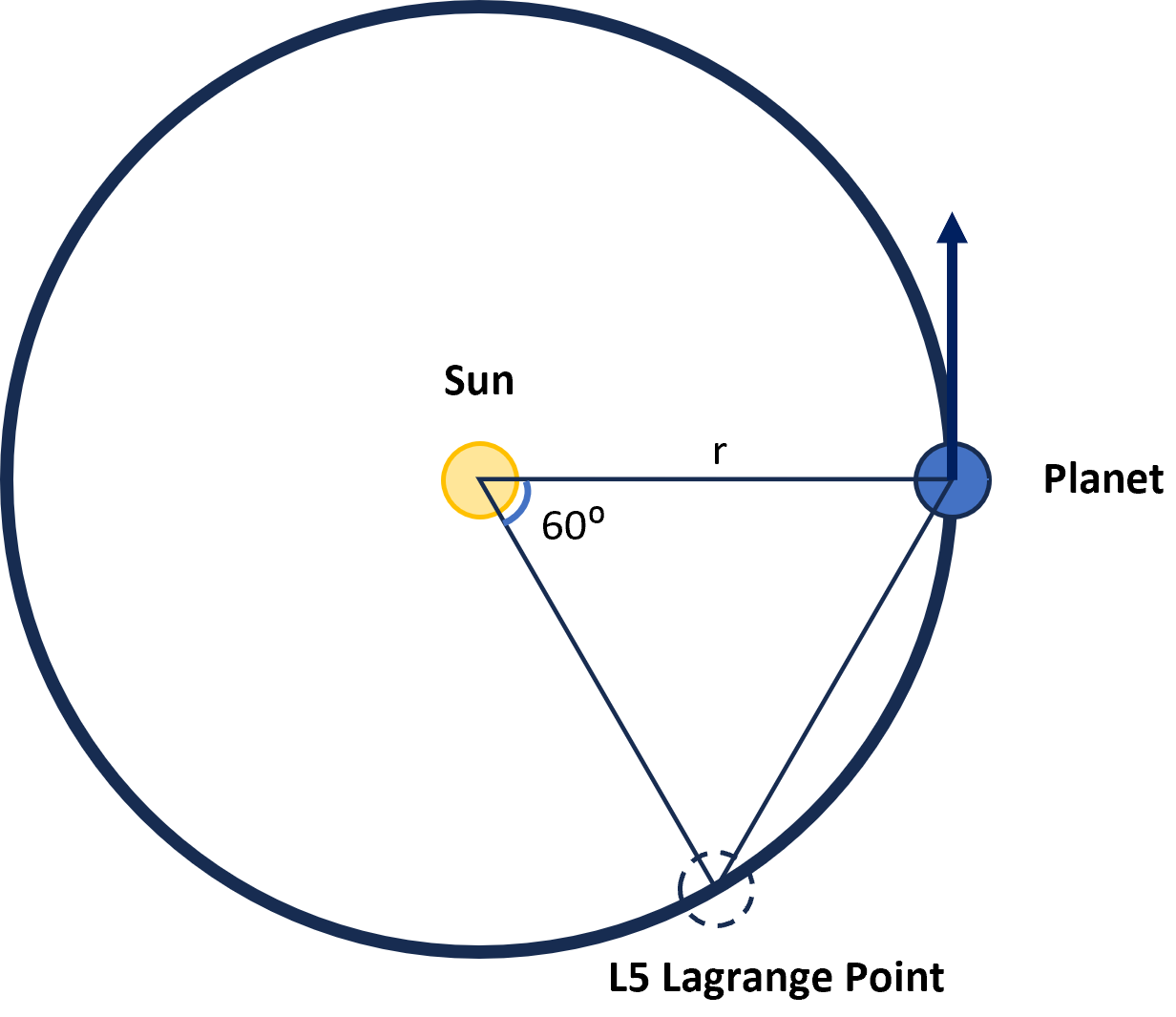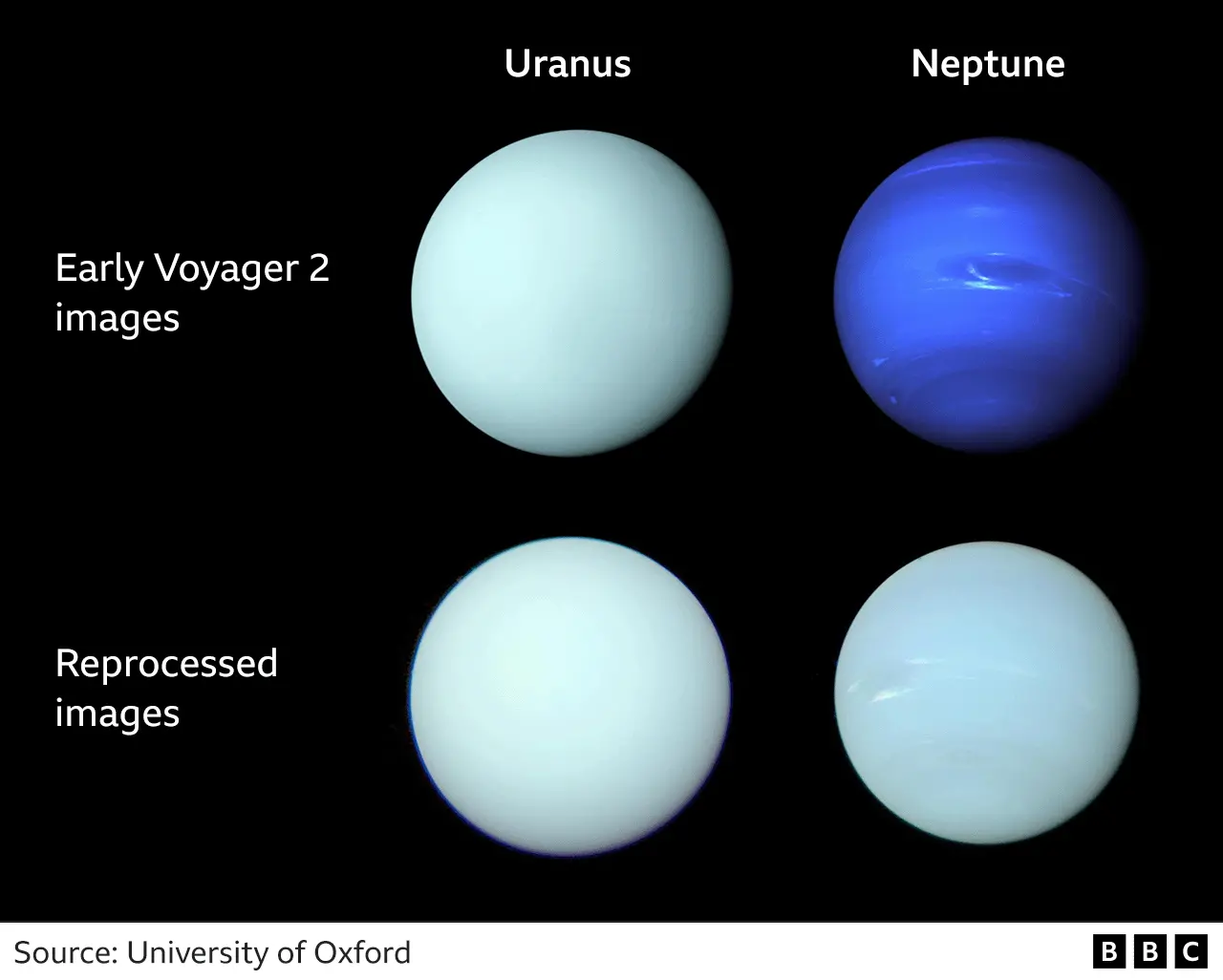My Disappointment is Immeasurable
In Spacewalker, Aspire's crew is on their way to Neptune's L5 Lagrange Point to investigate a mysterious station-keeping asteroid.
What is a Lagrange Point? Glad you asked.
Lagrange Points are locations in space where the gravitational pull between a sun and planet are in equilibrium. Because of this equilibrium, Lagrange Points are convenient locations to stow space telescopes (Hubble, JWST), hypothetical space colonies, or mysteries left behind by humanity's ancestors.
Because "Lagrange Point" is not a commonly understood term, I often explain Aspire's destination as "Neptune's orbit" or "the edge of the solar system" when I write query letters or even elsewhere on this blog. Because of that, I strongly associate my story with the planet Neptune, even though my characters never see the planet or even get close to it.
How close do they get? Well, we can figure that out pretty easily. L5 Lagrange Points trail behind their planet's orbit by about 60 degrees. For simplicity's sake, we can assume that orbit is circular.

With these simplifying assumptions, we can draw an equilateral triangle which shows... that a planet's distance from the sun is the same as that planet's distance from it's own L5 Lagrange Point (this logic also holds for L4 Lagrange points which are ahead of a planet's orbit).
Substituting in some numbers, that means if Neptune is 30 AUs from the sun, then Neptune's L5 Lagrange Point is also 30 AUs from Neptune. Meaning, before Aspire's crew left Earth, they were actually closer to Neptune (29 AUs at closest approach) than they are at their Lagrange Point destination. What!?
It doesn't matter how close the crew gets. Because of the name association and years I've spent imagining, writing, and polishing Spacewalker, I feel a particular affinity for icy, majestic, deep-blue Neptune.
So imagine my shock and disappointment when I learned a few weeks ago that Neptune is not the color we all think it is (BBC) and scientists have known this for decades.

The original images of Neptune evoke a brooding, mysterious, hostile world, bitterly cold, the furthest from the sun, and worthy of the classification of "Ice Giant." The reprocessed images of Neptune look like Uranus--a pastel Easter egg. Ugh!